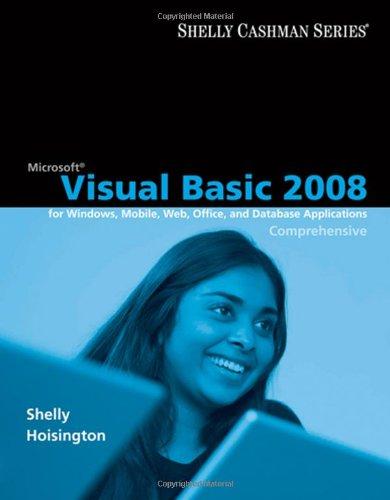
Problem 1 (5 points) USE Microsoft Visual Studio on your own computer or CS remote server (webterminal.cs.uno.edu) and practice the example problems (addition with registers, addition with variables) shown in lecture slides of Chapter 3. To get points for this problem, you need to show proofs: screenshots of Visual Studio running on your computer with system time information (the exact time when you are performing this), debugging screens, and register windows for at least 2 examples. Produce at least 2 screenshots, one for each example. You may have additional screenshots. Problem 2 (5 points): Write an assembly program that evaluates the following expression using MOV, ADD/SUB, NEG, and INC/DEC instructions. varA = (varA + varB) - (-varC + varD++), where varA, varB, etc., are variables and ++ is the increment operator. Assign integer values to the variables. (Meaning, you may hardcode the inputs.) You do not need to print out the result. You may simply store the result in EAX. Debugging should reveal that the result is correctly stored in EAX. If you choose to display the result on screen, that is also fine (but again, not required). Problem 1 (5 points) USE Microsoft Visual Studio on your own computer or CS remote server (webterminal.cs.uno.edu) and practice the example problems (addition with registers, addition with variables) shown in lecture slides of Chapter 3. To get points for this problem, you need to show proofs: screenshots of Visual Studio running on your computer with system time information (the exact time when you are performing this), debugging screens, and register windows for at least 2 examples. Produce at least 2 screenshots, one for each example. You may have additional screenshots. Problem 2 (5 points): Write an assembly program that evaluates the following expression using MOV, ADD/SUB, NEG, and INC/DEC instructions. varA = (varA + varB) - (-varC + varD++), where varA, varB, etc., are variables and ++ is the increment operator. Assign integer values to the variables. (Meaning, you may hardcode the inputs.) You do not need to print out the result. You may simply store the result in EAX. Debugging should reveal that the result is correctly stored in EAX. If you choose to display the result on screen, that is also fine (but again, not required)







